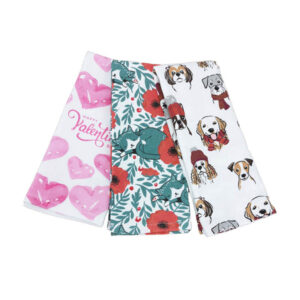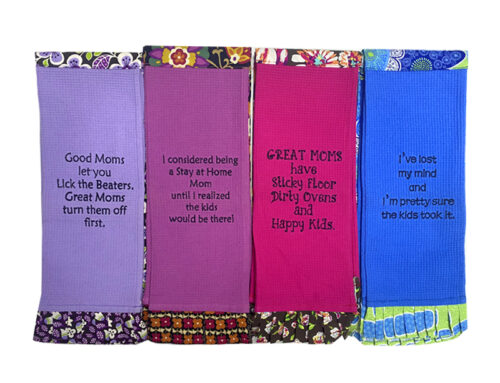Digital printing has penetrated into clothing, home textiles, car decoration, advertising, personalized customization and other fields. In China, new textile materials with independent intellectual property rights and digital inkjet printing technology have brought more personalized experience to the textile industry.
Digital printed textiles are close to life and integrate art and technology, which well interprets the current concept of environmental protection and is the perfect connection between the production and design of textile processing industry. In the future, the popularity of digital printing products will be higher and higher, and digital printing will become an inevitable trend in the development of printing and dyeing industry.
Digital inkjet printing inks for textiles are various and belong to water-based inks. According to the nature of colorants, they can be divided into disperse inks, active inks, acid inks and paint inks, among which the commonly used ones are disperse inks, active inks and paint inks. In 2021, disperse dye ink is expected to account for 79.78% of the total textile digital printing ink consumption, reactive ink 10.31%, and paint ink 8%.Due to the stable control of the epidemic in China, the liberalization of import and export trade, and the economic recovery, the consumption of ink for textile digital inkjet printing is about 30700 tons. It is expected to reach about 49000 tons by 2025.



China’s textile digital printing ink market scale and growth.
With the technological progress of digital printing equipment, the improvement of production efficiency and the decline of ink price, the digital printing equipment has been developing at a higher speed in the past two years. From the initial 3/4 head machine to the current 12/15 head machine, the rapidly increased production speed has gradually caught up with the comprehensive cost of unified printing. With the market application of the transfer printing digital printing machine with 30 or more printing heads, its production cost has been falling, and its competitiveness compared with traditional printing is becoming more and more obvious. At present, the cost of digital transfer printing is close to that of flat screen printing. In the future, more flat screen printing groups will transform and upgrade to digital printing to meet the market demand.
In general, although the market growth of China’s textile industry shows signs of slowing down in 2023, digital printing still has great market growth potential in the future due to its unique advantages.



I was very pleased to uncover this great site. I need to to thank you for ones time for this fantastic read!! I definitely appreciated every bit of it and I have you bookmarked to look at new information on your blog.
You need to be a part of a contest for one of the greatest websites on the internet. Im going to recommend this site!